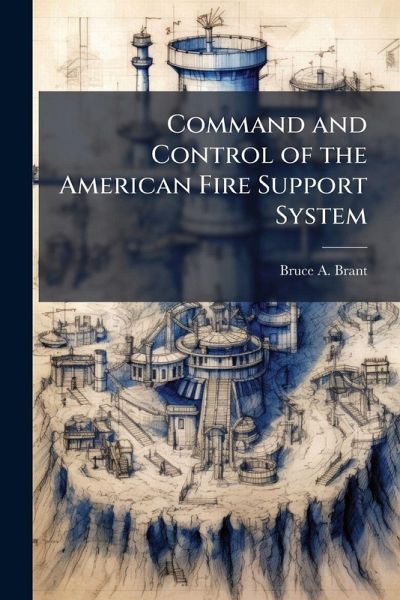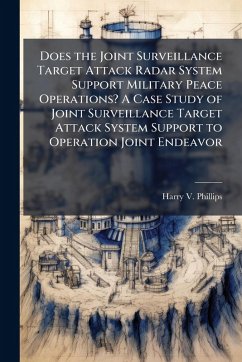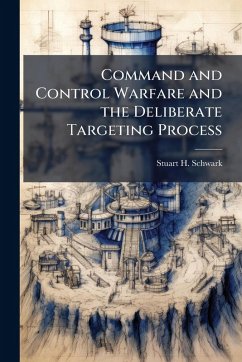
Command and Control of the American Fire Support System
Versandkostenfrei!
Versandfertig in über 4 Wochen
16,99 €
inkl. MwSt.
Weitere Ausgaben:

PAYBACK Punkte
8 °P sammeln!
The purpose of this study is to determine the most appropriate command and control system for the U.S. Army fire support system. Specifically, it addresses the question of how tactical fire direction should be controlled in the direct support field artillery battalion. The major problem concerning today's field artillery is the coordination of indirect assets with the commander's scheme of maneuver and direct fire systems. To examine the coordination problem, this study compares the tactical command and control systems of the Soviet Union, Great Britain, the present U.S. TACFIRE system and the...
The purpose of this study is to determine the most appropriate command and control system for the U.S. Army fire support system. Specifically, it addresses the question of how tactical fire direction should be controlled in the direct support field artillery battalion. The major problem concerning today's field artillery is the coordination of indirect assets with the commander's scheme of maneuver and direct fire systems. To examine the coordination problem, this study compares the tactical command and control systems of the Soviet Union, Great Britain, the present U.S. TACFIRE system and the future American system, the Advanced Field Artillery Tactical Data System (AFATDS). The study makes three main conclusions. First, future planned automation provides a means of greatly enhancing the capabilities of fire support assets. Second, the fire support system is improved if the fire support officer controls fires instead of the fire direction officer. Finally, there needs to be a philosophical change within the U.S. fire support community. The final conclusion refers to the practice of placing the most experienced personnel near the guns rather than with the maneuver units which is the practice of both the Soviets and British. This work has been selected by scholars as being culturally important, and is part of the knowledge base of civilization as we know it. This work was reproduced from the original artifact, and remains as true to the original work as possible. Therefore, you will see the original copyright references, library stamps (as most of these works have been housed in our most important libraries around the world), and other notations in the work. This work is in the public domain in the United States of America, and possibly other nations. Within the United States, you may freely copy and distribute this work, as no entity (individual or corporate) has a copyright on the body of the work. As a reproduction of a historical artifact, this work may contain missing or blurred pages, poor pictures, errant marks, etc. Scholars believe, and we concur, that this work is important enough to be preserved, reproduced, and made generally available to the public. We appreciate your support of the preservation process, and thank you for being an important part of keeping this knowledge alive and relevant.












